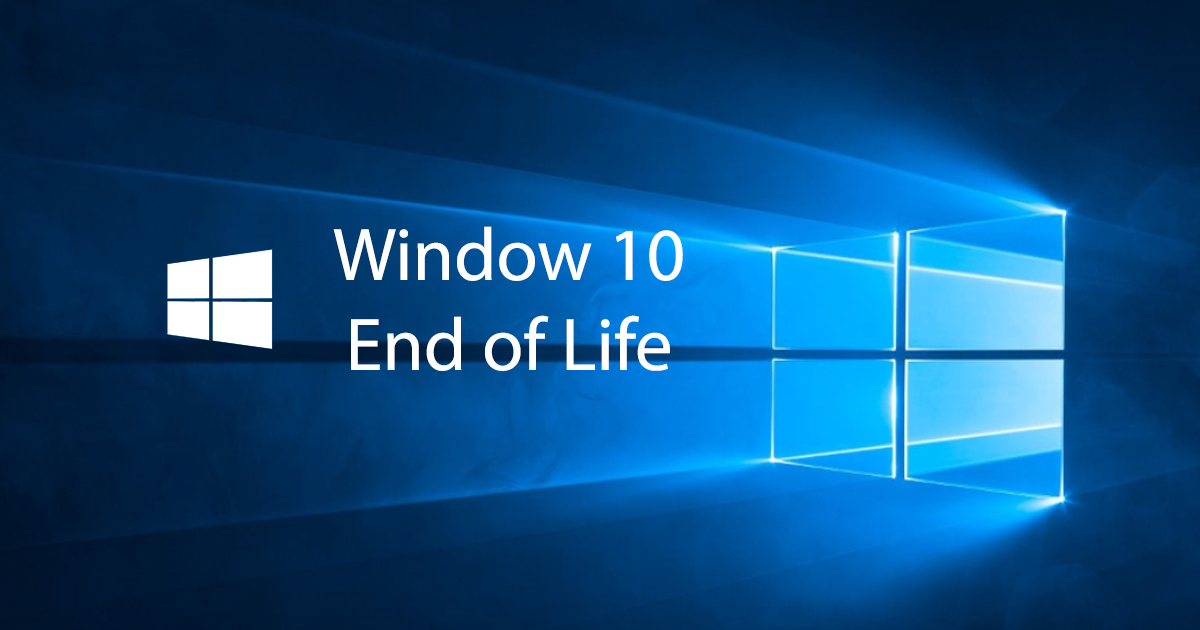Put the date in your diary if you haven’t already, Windows 10 will reach end of support on October 14th, 2025. This date is for the Home, Pro and Enterprise variants. If you are running the Enterprise LTSC (Long Term Servicing Channel), there will be extended support until January 9th, 2029.
But what if you can’t upgrade to Windows 11?
Businesses that need to continue using Windows 10 beyond October 14th, 2025, and maintain support will have to pay a yearly fee for access to Microsoft’s Extended Security Updates (ESU) program or miss out on future security updates.
Why is this important?
Maintaining a supported and secure Operating System is a key requirement for Cyber Essentials and good IT housekeeping in general. Unpatched security vulnerabilities are easily exploited by cyber criminals. According to a recent Sophos survey “32% of ransomware attacks started with an exploited vulnerability.”
How much will it cost to access the ESU program?
In a recent blog post Microsoft announced the cost per device will be $61 (approximately £49) for 1 Year, with the price doubling annually up to a maximum of three years.
Education customers will pay less than one pound per device for the first year, doubling in subsequent years, and pricing for consumers hasn’t been announced yet.
How long will Windows 11 be supported for?
There is no end date for Windows 11 support as of yet, but according to the Lifecycle FAQ – Windows | Microsoft Learn, new versions of Windows 11 will be released once per year. The Pro version will be supported for 24 months from the latest service release, and the Enterprise version will be supported for 36 months from the latest service release. The original Windows 11 release date was October 5th, 2021, and we’d expect it to be in support well towards the end of the decade, if not beyond.
The latest service release date for 23H2 was 31st October 2023, giving Pro and Home support until 11th November, 2025, and Enterprise support until 10th November 2026.
How can Kriston Technology help?
According to Statcounter Windows 10 has a 64% market share compared to Windows 11 34% share in the UK, so the scope of the work required to migrate supported devices to Windows 11 is significant. Within our existing customer base we see a very similar percentage split.
No additional licensing should be required for Windows 11 unless you are upgrading the version.
Utilising our Remote Management and Monitoring (RMM) tools, we can perform a Windows 11 Readiness Check on the devices in your environment to confirm they meet the minimum requirements.
Using the same RMM tools we can automate the process of upgrading to the latest Windows 11 version. This should work in the majority of cases.
We can check essential applications for compatibility with Windows 11.
We can assist with manual upgrade of devices that couldn’t be upgraded with the automated tools.
We can assist with auditing your existing hardware and identifying older machines that would benefit from being replaced rather than upgraded.
For our larger clients we have in place regular hardware refresh programs to make sure all devices in use are supported by vendors for both hardware and software.
For a consistent end user experience we utilise imaging technology, specifically for larger clients or larger deployments for smaller clients.
What are the next steps?
October 14th, 2025 seems a long way away right now, but it’ll soon creep up on us. Your Account Manager or Primary Consultant will be in touch over the next few months, having performed an assessment of your end user devices, to start planning the process of moving to Windows 11 with you.
If in the meantime you have any questions or concerns, please reach out to the support@ktecltd.com



Comments are closed